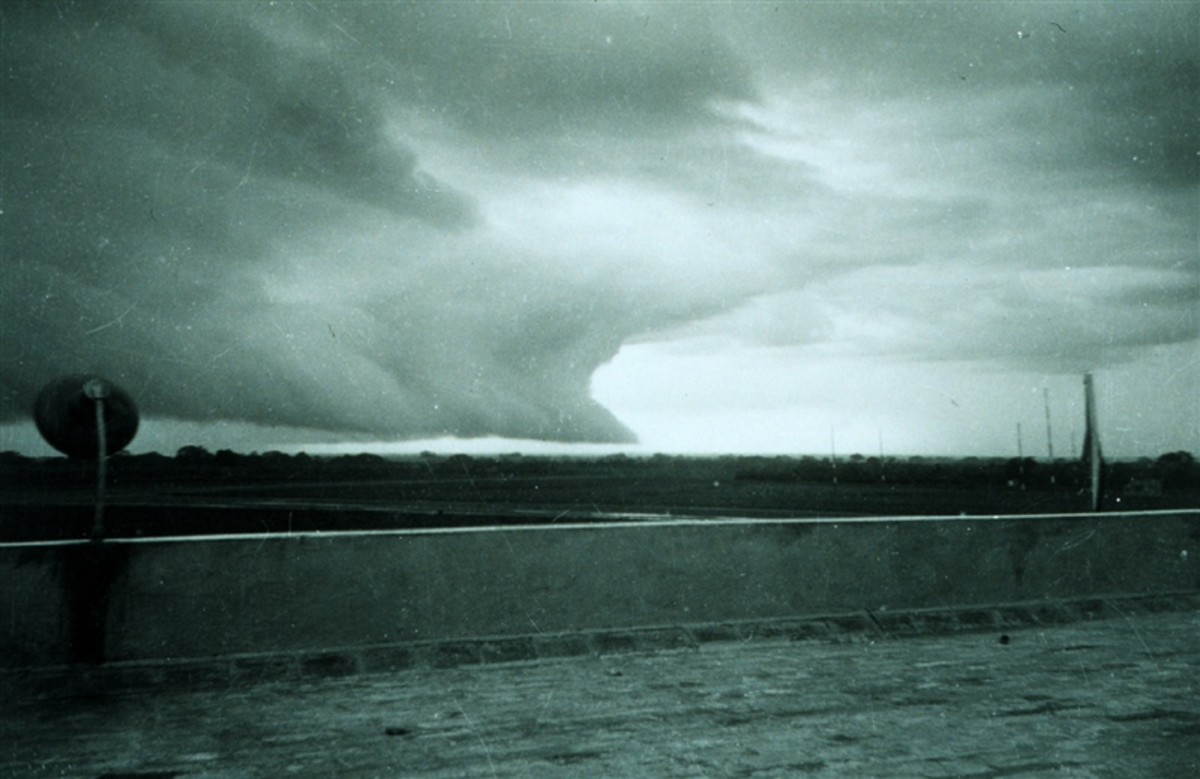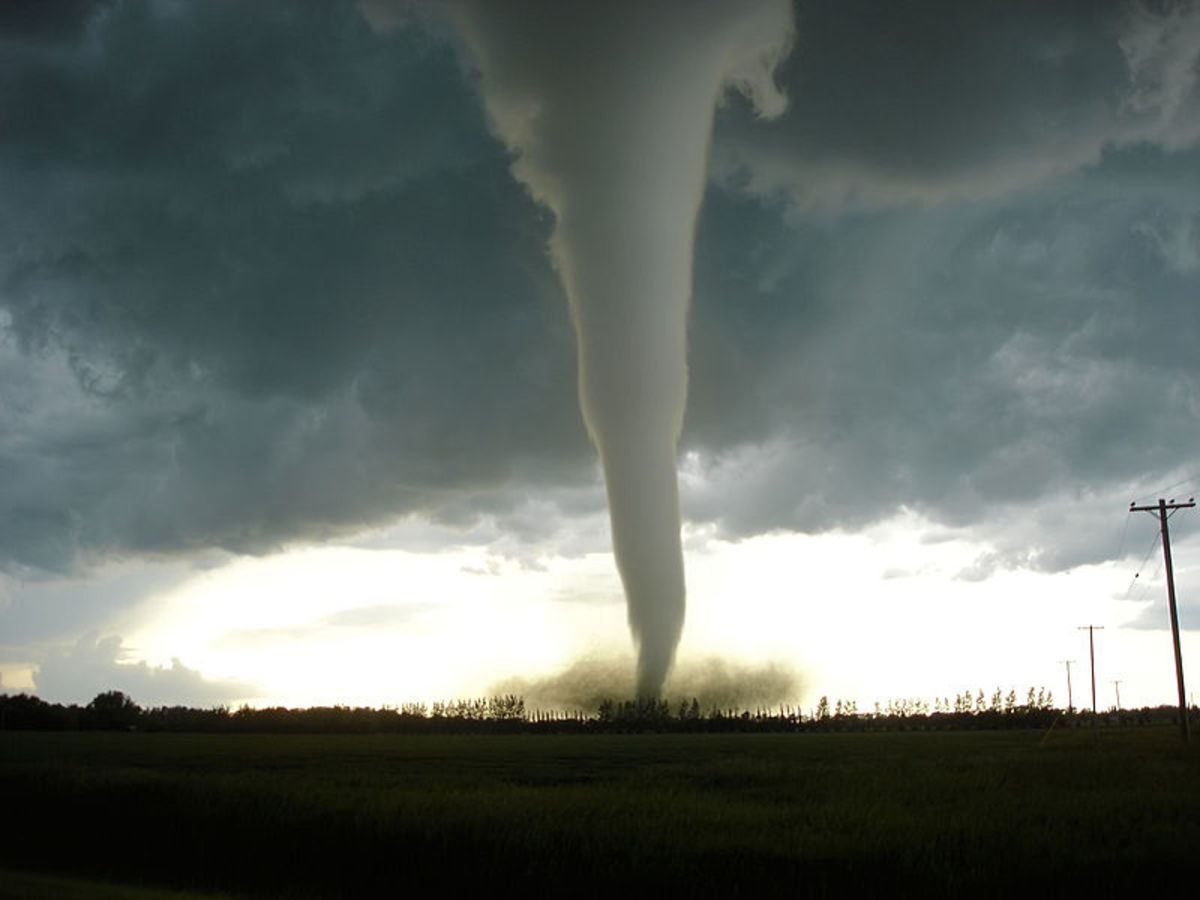Understanding Isobars
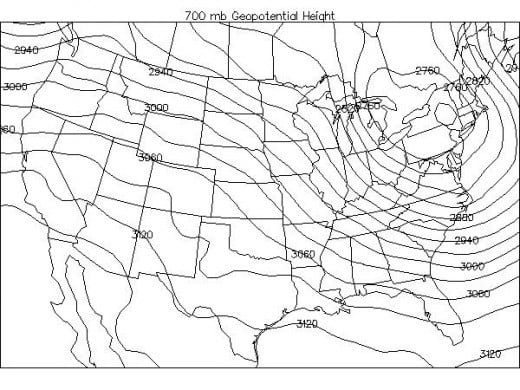
What Are Isobars?
Isobars are lines that depict areas of equal and constant pressure at the Earth’s surface or at a constant height above it on a meteorological map. Each line passes through a pressure of a given value, but they can never cross or touch. Isobar lines may only pass through pressures of 1000 + or -4. For example, permissible lines are 992, 996, 1000, 1004 etc.
Isobars are drawn using data from mean pressure reports recorded at sea level. Since most weather stations are at varying altitudes above sea level, each location must convert the data to sea level pressures prior to drawing isobars. At sea level one atmosphere of pressure is equivalent to 29.92 inHg (760 mmHg or 760 torr). This conversion is necessary to assure that decreases in atmospheric pressure are due to changes in the weather rather than differences in altitude between locations.
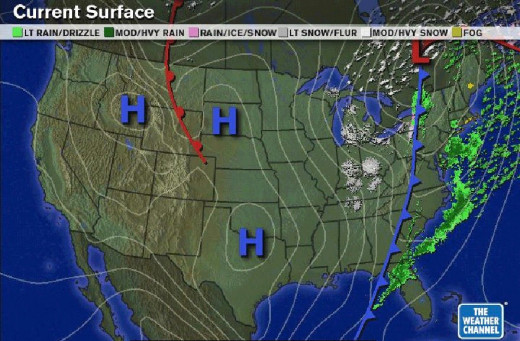
Isobars and Barometric Pressure
The force that the atmosphere exerts on an object is called the barometric pressure. The barometric pressure near the Earth’s surface is high because the air’s molecules are being compressed by the weight of the air above. The barometric pressure in the upper atmosphere is lower because there is less air pressing on the molecules. Changes in the barometric pressure create wind. Winds blow from areas of high to low pressure. The larger the pressure gradient between two areas, the higher the wind velocity will be. Therefore, the shorter distance between two isobars is indicative of higher wind speeds. Change in barometric pressure alone is not infallible in predicting the weather since winds are also influenced by the Earth’s rotation, referred to as the Coriolis effect.
The geostrophic wind approximates the actual wind on a large scale and is parallel to the isobars. In the Northern Hemisphere, if an observer stands facing away from the wind, higher pressures are to the person's left. In the Southern Hemisphere, if they stand facing opposite the wind, the low-pressure area is on the right.
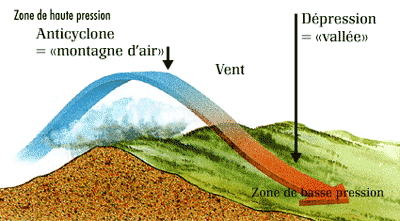
Anticyclones and Depressions
An anticyclone is a high pressure area with winds that turn in a clockwise direction. Isobars are typically spaced wider in an anticyclone, signifying calmer winds. Depressions and anticyclones have a tendency to amalgamate when one succeeds the other since their winds blow in the same direction and reinforce themselves.
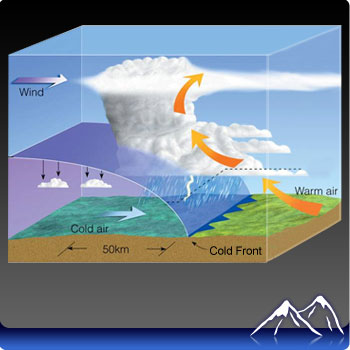
Types of Fronts
A front is produced when cold air intermixes with warm air. Fronts are usually displayed on a weather map as a curve across a number of isobars, following the wind. Fronts are typically brief. There are three types: warm, cold and occluded.
Cold fronts occur when an accumulation of heavy cold air meets with lighter, warmer air. The warm air is pushed upward and may produce precipitation. It is often accompanied by strong winds and decreasing temperatures.
Warm fronts are produced when warm air meets cold air. Temperatures at ground level rise significantly and winds are light. Warm fronts pass more slowly than cold fronts.
Occluded fronts are the result of cold and warm fronts mixing. Depending upon the temperature gradients at the warm front, the cold air may push the previous cold air. Conditions are unpredictable and under some circumstances may lead to the formation of tornadoes.




